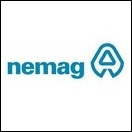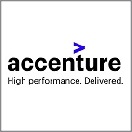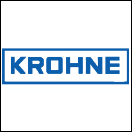loading…
Excursie Nemag – 23 mei


loading…

On Thursday March 29th Mieloo & Alexander held a lunch lecture in association with Dispuut Transportkunde Pandora. The guest speaker was no other than Joseph Owusu, one of the founders of Mieloo & Alexander. Mieloo & Alexander is specialized in

On the 28th of March dispute Transportkunde Pandora organised an inhouse-day together with Accenture and in close collaboration with Dr. Beelaerts van Blokland from the TU Delft. After the bus arrived at the ITO tower we went up all the

In collaboration with Wouter Beelaerts we organized a guest lecture given by Pim Stam about the continuous improvement within Krohne Altometer. Pim is part of the Krohne Lean steering committee. It consists of 2 people working full time on improving